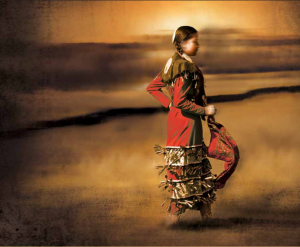
When a pretty, young woman is seen walking hand-in-hand with an older, perhaps less attractive, male, accusations of a “trophy wife” situation are quick to follow. But this quick judgement ignores an important factor – pretty women can be rich too. In an interview with NPR, Notre Dame sociologist Elizabeth McClintock discusses her recent study that finds little evidence for the existence of trophy wives. She tells NPR that people typically couple based on similarities in income, looks, and education, thus:
If usually rich people marry rich people and pretty people marry pretty people, then having a pretty woman with no money marry an ugly, rich guy, that’s a violation of the usual pattern that people select somebody who’s a whole lot like themselves.
Numerous studies argue that the trophy wife phenomenon makes evolutionary sense, as poor, pretty women are able to trade their looks for money. But McClintock argues that these studies are wrong. NPR’s Shankar Vedantam describes her reasoning:
McClintock thinks this earlier work is wrong for two reasons. First, the earlier studies don’t consider this important variable, which is that pretty women might themselves be well-off. So if a woman herself has wealth or status, what you really don’t have is a trophy wife phenomenon. All you have is matching rich with rich…And McClintock points out there’s another confounding variable here, which is that beauty and wealth often tend to go hand in hand. And that’s because the wealthy often have access to better nutrition, better cosmetics…. If wealth and beauty are actually going hand in hand really often it could be that lots of pretty women might themselves be rich, which again means they might not be trophy wives.
In McClintock’s study of over 1500 American couples, she found that, after controlling for the income of both partners, “the trophy wife phenomenon effectively disappeared.” Our gendered assumptions of women’s roles in relationships have helped to construct this myth of the trophy wife, which says a lot more about our own biases than actual reality. Vedantam sums it up nicely:
If you look only at the universe of good-looking guys, you will also see that good-looking men tend to be with rich women, but we are far less likely to say, oh, look, trophy husband. And so of course that’s a reflection of what’s happening inside our own heads, not actual reality.









